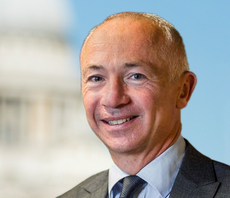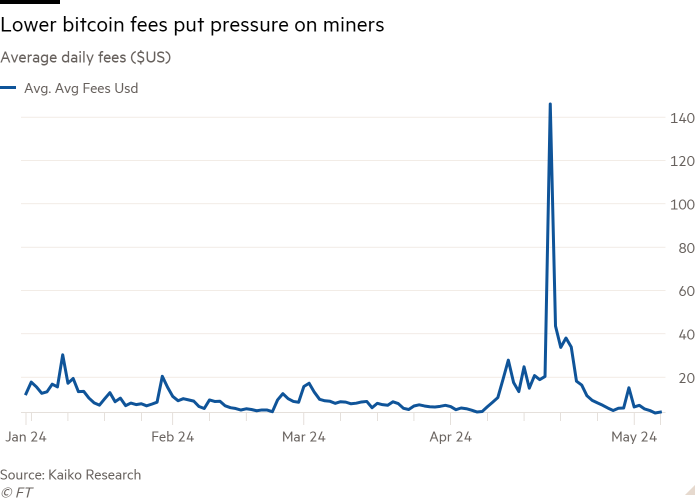Published
28 mins ago
on
May 17, 2024 Article/Editing:
See this visualization first on the Voronoi app.
The Top 25 Nationalities of U.S. Immigrants
This was originally posted on our Voronoi app. Download the app for free on iOS or Android and discover incredible data-driven charts from a variety of trusted sources.
The United States is home to more than 46 million immigrants, constituting approximately 14% of its total population.
This graphic displays the top 25 countries of origin for U.S. immigrants, based on 2022 estimates. The data is sourced from the Migration Policy Institute (MPI), which analyzed information from the U.S. Census Bureau’s 2022 American Community Survey.
In this context, “immigrants” refer to individuals residing in the United States who were not U.S. citizens at birth.
Mexico Emerges as a Leading Source of Immigration
Mexico stands out as the largest contributor to U.S. immigration due to its geographical proximity and historical ties.
Various economic factors, including wage disparities and employment opportunities, motivate many Mexicans to seek better prospects north of the border.
CountryRegion# of Immigrants 🇲🇽 MexicoLatin America
& Caribbean10,678,502 🇮🇳 IndiaAsia2,839,618 🇨🇳 ChinaAsia2,217,894 🇵🇭 PhilippinesAsia1,982,333 🇸🇻 El SalvadorLatin America
& Caribbean1,407,622 🇻🇳 VietnamAsia1,331,192 🇨🇺 CubaLatin America
& Caribbean1,312,510 🇩🇴 Dominican RepublicLatin America
& Caribbean1,279,900 🇬🇹 GuatemalaLatin America
& Caribbean1,148,543 🇰🇷 KoreaAsia1,045,100 🇨🇴 ColombiaLatin America
& Caribbean928,053 🇭🇳 HondurasLatin America
& Caribbean843,774 🇨🇦 CanadaNorthern America821,322 🇯🇲 JamaicaLatin America
& Caribbean804,775 🇭🇹 HaitiLatin America
& Caribbean730,780 🇬🇧 United KingdomEurope676,652 🇻🇪 VenezuelaLatin America
& Caribbean667,664 🇧🇷 BrazilLatin America
& Caribbean618,525 🇩🇪 GermanyEurope537,484 🇪🇨 EcuadorLatin America
& Caribbean518,287 🇵🇪 PeruLatin America
& Caribbean471,988 🇳🇬 NigeriaAfrica448,405 🇺🇦 UkraineEurope427,163 🇮🇷 IranMiddle East407,283 🇵🇰 PakistanAsia399,086 Rest of World11,637,634 Total46,182,089
Mexicans are followed in this ranking by Indians, Chinese, and Filipinos, though most immigrants on this list come from countries in the Latin American and Caribbean region.
On the other hand, only three European countries are among the top sources of U.S. immigrants: the UK, Germany, and Ukraine.
Immigration continues to be a significant factor contributing to the overall growth of the U.S.






